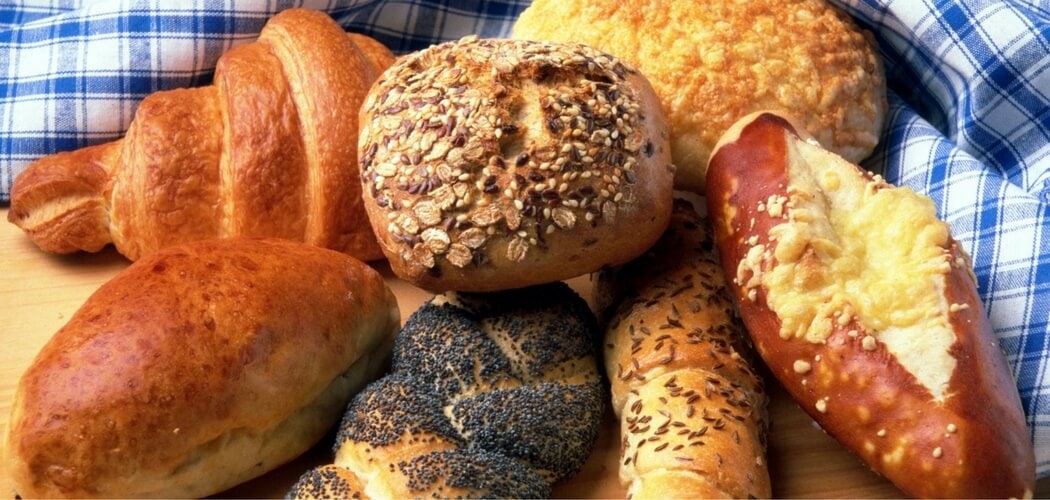I stopped eating gluten 10 years ago. Those were the days before apples were labeled gluten-free and before you could get bagels, pasta, bread, cookies, and virtually all junk food sans gluten. Back then, eating gluten-free was a challenge because we had such few choices when dining out. On the flipside, fewer options made life simpler.
Years ago, eating gluten-free meant we ate mostly fresh and real foods. When my kids went to a birthday party they just couldn’t eat the pizza. It meant that at school, I custom tailored a menu for them that reassured me they were getting veggies and protein for lunch (not processed nuggets).
Thanks to their healthy diets, their medical complaints started to clear up — my son’s asthma even disappeared. We no longer felt lethargic, heavy, and bloated. I lost a few pounds too. Easily.
Oh, how things have changed.
Adopting a gluten-free diet is no longer a ticket to clear skin, weight loss, or improved health. Unless you suffer from Celiac disease, it may not even supply you with increased energy. The abundance of high-sugar and low-nutrient GF foods means eating gluten-free could allow doughnuts for breakfast, pretzels for a snack, pasta for lunch, and burgers for dinner.
Gluten-free diet adopters beware: If you’re replacing processed gluten with processed gluten-free garbage then you’re likely shortchanging yourself. Gluten-free substitutions like cereals, cookies, and crackers are fine as a treat, but not as a staple. Rather, it’s essential to fill your plate with mostly vegetables, an abundance of healthy proteins, fats, gluten-free grains, and some fruits.
The whole debate around whether you should eat a gluten-free diet should be more about what kind of treat food you eat (a gluten-free cookie or a regular one). Here are a few simple rules you may want to adopt to help you eat gluten-free in a healthy way:
1. Limit gluten-free treats to occasional splurges
For me, this usually translates into dessert on Friday nights and a Saturday morning muffin with my coffee. My kids get carb treats a few days after school. My general rule? Splurge about 10% of the time to enjoy life’s deliciousness.
2. View sugar as ‘just as bad’ as gluten
We all know how bad and oh-so-delicious sugar is. Are you addicted? Go cold turkey for a week. No sugar, not even fruit. When you reintroduce sugar it will taste so sweet you’ll have trained your taste buds to follow the age-old “just a bite.”
3. Consume an abundance of fresh foods
Once you eliminate the filler foods you’ll have room on your plate (and in your stomach) for salad, broccoli, salmon, chicken and more good stuff. Make sure to get enough “real food” at every meal.
4. Replace high glycemic carbs with good fats and quality proteins
When you’re starving you’re likely to reach for a fast fix. Oh yeah, I’ve done it — chips, cookies, chocolate. Replace the junk with nuts and other natural choices. Pretty soon, you may not even crave Pringles.
5. ‘Healthify’ your treats to avoid heaviness or lethargy
When you do splurge on cakes, make it worthwhile. These days, we have an abundance of options when it comes to natural flours and sweeteners. Incorporating better-for-you ingredients into your occasional treat could mean you actually feel good after splurging.

